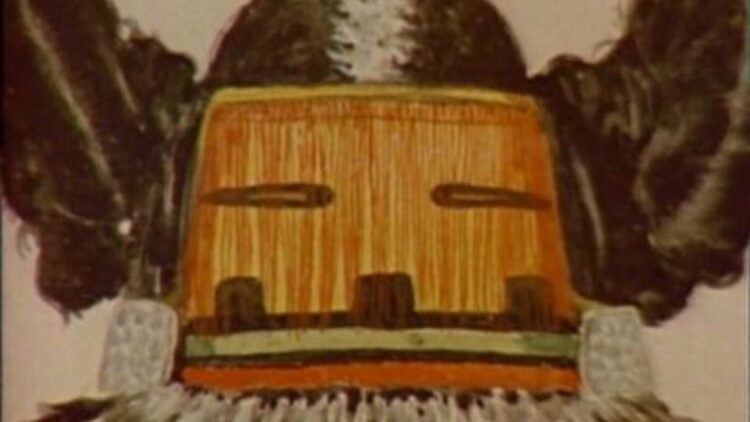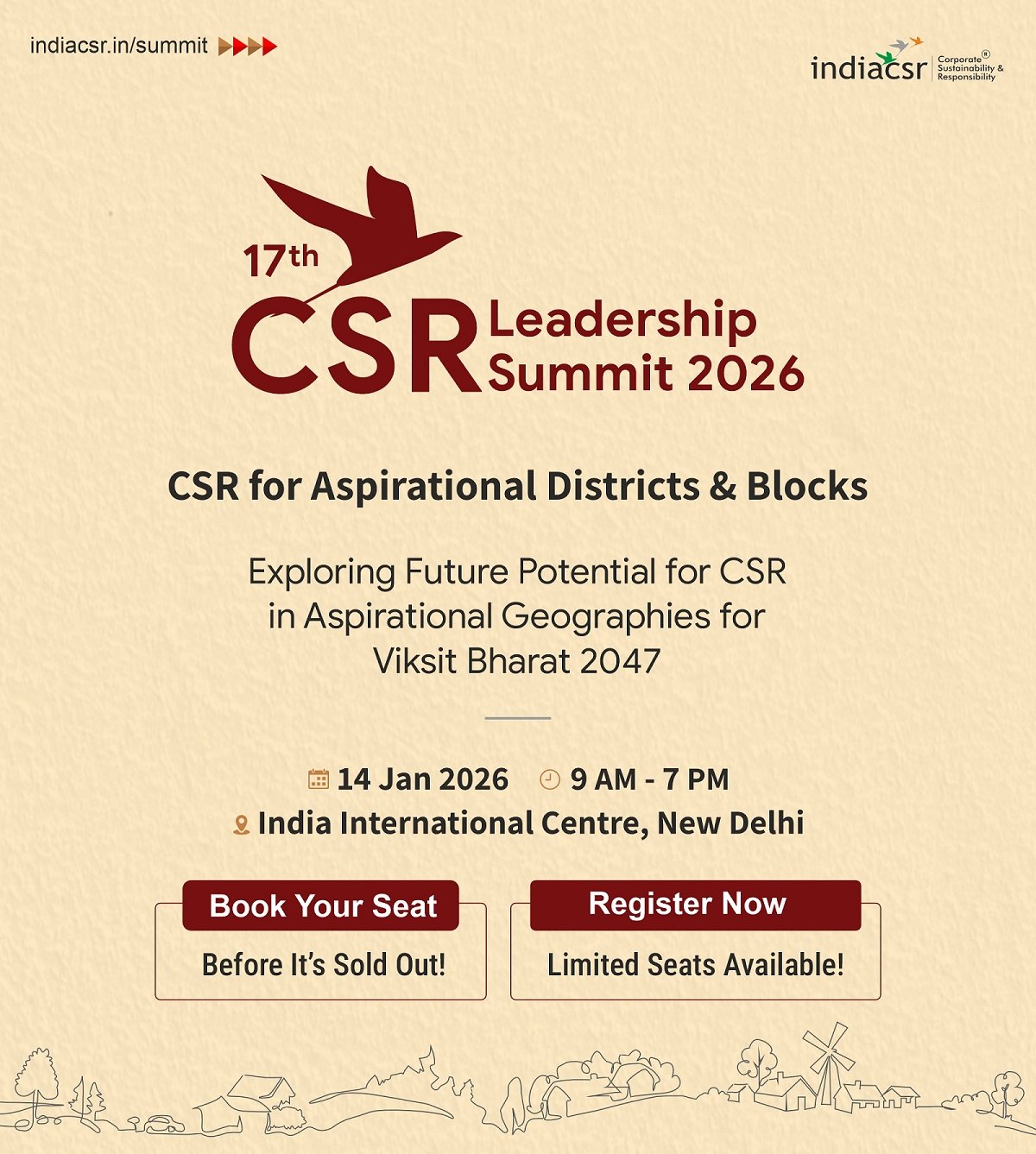Fourth World refers to the most underdeveloped, poverty stricken, and marginalised regions and populations of the world. Many inhabitants of these nations do not have any political ties and are often hunter-gatherers that live in nomadic communities, or are part of tribes.
The term Fourth World is often linked to indigenous people. During the Cold War, each country was classed as belonging to a certain type of world. The First World described countries whose views aligned with NATO and capitalism, the Second World referred to countries that supported communism and the Soviet Union and the Third World referenced the nations that were not actively aligned with either side.
The term Fourth World was born later as an extension of the developing Third World to describe places and populations characterised by extremely low per capita income and limited natural resources.
Fourth World nations can consist of those excluded from mainstream society. For example, the Aboriginal tribes in South America or Australia are entirely selfsufficient but do not participate in the global economy.
These tribes can function free from any assistance from others but, from a global standpoint, are considered to be Fourth World nations. Fourth World nations do not contribute or consume anything on the global scale and are unaffected by any global events.
From the Book – ‘ Know Everything about Corporate Social Responsibility ‘
Available on Amazon.in
Also Read:
(India CSR)








